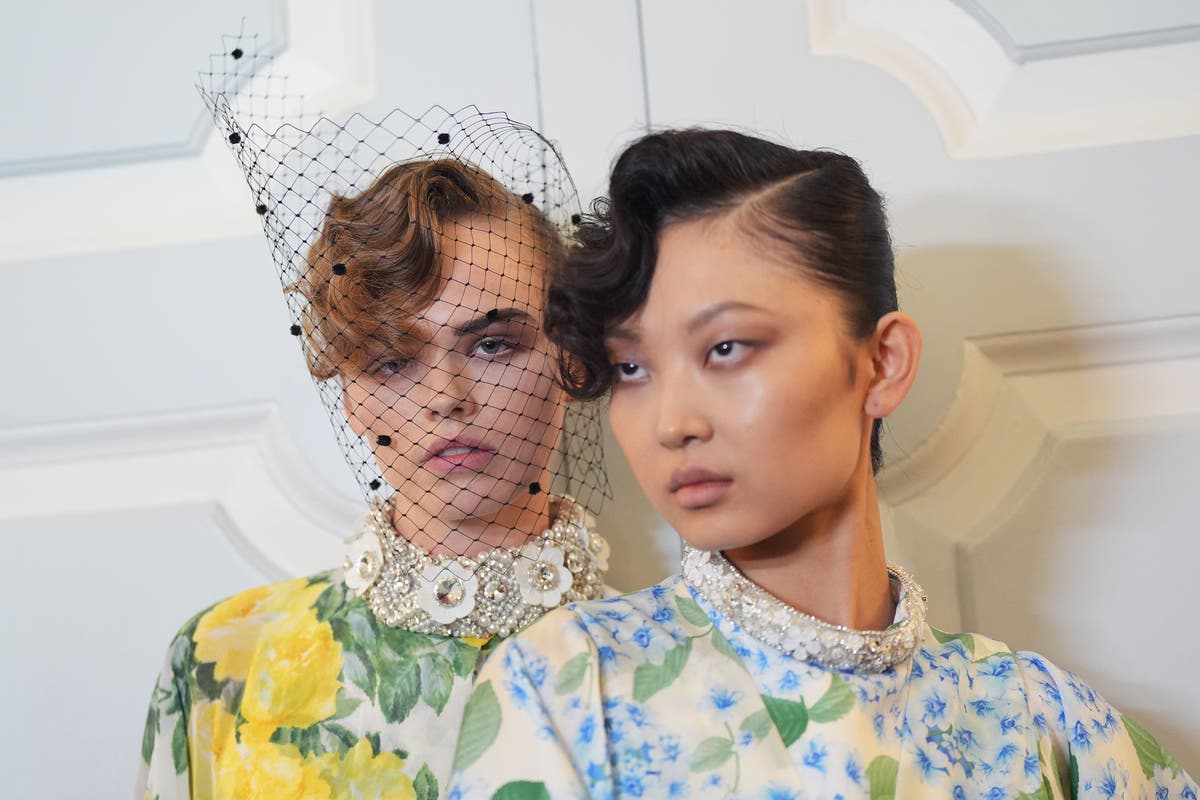One night this past week I was sitting in the hot shade of the deck watching for hummingbird activity. Every so often one or two would either come to the flowers and feeders or chase each other around. Most of them were young females, but every once in a while an adult male made an appearance.
As July comes to an end and August begins there will be more hummingbirds around because they’re already migrating. New individuals may show up one day but leave the next, only to be replaced by other migrants. Some may stay around for days, but others only stop in on their way further south.

And by Sept. 1 most of the adult males are gone from this area. That evening there was actually more activity from sphinx, or hawk, moths than there was from hummingbirds.
They fly in the daytime and they’re so small that people mistake them for tiny hummingbirds, which they aren’t. There are three different sphinx moths commonly seen around here. The hummingbird clearwing sphinx looks like a large tan and dark bee.
The snowberry clearwing looks about the same but it has a pale upper back and a dark rump band. And the white-lines sphinx is easily identified by the black and white and salmon colors of its wings and tail. There was also activity, albeit slow and measured, on some of the herbs growing near the deck.
Three black swallowtail caterpillars were feeding on the parsley, bronze fennel, and dill plants there. People often kill any caterpillar they see, but without caterpillars there wouldn’t be beautiful adult butterflies. Near the herbs, phlox plants of many different colors were blooming.
I’ve been planting them for years and they’ve spread because they’re hardy perennials. All phlox blossoms attract butterflies, especially the big black and yellow tiger swallowtails. But the small orange skippers also favor these flowers.
The names of some skippers I’ve recently seen on phloxes include Delaware, crossline, tawny-edged, Peck’s, little glassywing, European, least, and Zabulon. But please don’t think I’m trying to make myself into a butterfly expert, because I’m not. I can identify some of them on sight, but most of the time I have to immediately refer to a butterfly book before I forget the markings.
Real butterfly experts have close-focusing binoculars and cameras to see what our eyes and normal binoculars can’t. Like in many cultivated flower gardens right now, there are both hibisci and hydrangeas blooming in the yard. They’re both shrubs, but hibiscus has several other forms, including the single-flowered one called Rose of Sharon.
Hydrangeas are the ones whose flower color can vary on the same plant depending on the acidity or limeness of the soil. Not every hydrangea shrub reacts to it, but you can add aluminum sulfate or lime to the soil to get the flower color you desire. Our recent heat, humidity, and rain have sent some plants into overdrive.
Two tithonias that I started from seeds in March are now almost 8 feet tall. Pokeweeds with their large leaves and clusters of small white flowers are 11 feet tall at places. And European native birdsfoot trefoil plants are covered with yellow flowers at many places in the fields.
more lehigh valley outdoors news Our journalism needs your support. Please subscribe today to lehighvalleylive.com .
.



















